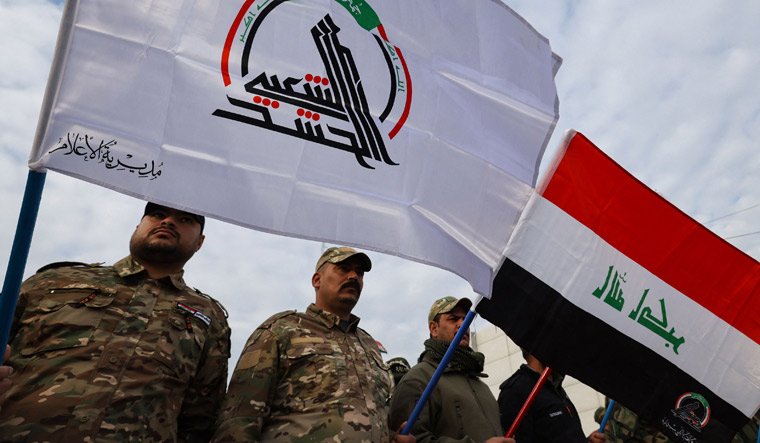Title: The Strategic Chessboard: Analyzing the Pattern of Strikes and Proxy Dynamics in the Middle East
In recent months, the Middle East has witnessed a series of military strikes that have raised significant questions about regional stability and the broader implications for international security. These incidents are not isolated but rather appear to be interconnected through a complex web of proxy relationships, primarily linked to Iran’s influence in the region. As tensions escalate, understanding the strategic underpinnings of these actions becomes crucial.
The backdrop to this unfolding drama is Iran’s extensive network of proxy groups across the Middle East, ranging from Hezbollah in Lebanon to various militia forces in Iraq and Syria. These groups have been implicated in numerous attacks against U.S troops and interests, prompting retaliatory strikes. However, these responses often target the proxies themselves rather than directly engaging Iranian forces—a strategy that merits closer examination.
**Proxy Warfare as a Strategic Tool**
Iran’s use of proxy warfare is a well-documented aspect of its regional policy. By supporting allied militias across different countries, Tehran has managed to extend its influence without direct military engagement—a cost-effective way to assert its power and challenge adversaries like the United States and its allies. This approach complicates retaliation efforts since attacking Iran directly could escalate into full-scale war, an outcome all parties are keen to avoid.
**Recent Strike Patterns**
A pattern has emerged where U.S retaliatory strikes focus on degrading the capabilities of these proxy groups instead of targeting Iranian assets directly. For instance, after rocket attacks on facilities housing U.S personnel in Iraq—attributed to Iran-backed militias—the subsequent American airstrikes targeted militia operational bases and weapon depots within Iraqi territory.
This tactic reflects a nuanced strategy aimed at sending a clear message to Tehran while avoiding an outright conflict that could destabilize the region further. It also underscores the challenges faced by Washington in deterring aggression without crossing red lines that might lead to wider conflagration.
**Effectiveness and Long-term Strategy**
Critics argue that striking proxies does little more than address symptoms rather than tackling the root cause—Iran’s strategic ambitions and its capacity for asymmetric warfare. They contend that such an approach might be ineffective or merely serve as a stopgap measure within a larger geopolitical chess game.
Supporters counter by highlighting it as part of a broader strategy aimed at containment—limiting Iran’s options while avoiding escalation into direct conflict which neither side desires nor can afford given their respective domestic constraints.
Moreover, diplomatic channels remain open with ongoing negotiations around nuclear proliferation issues among others indicating that military action is just one component of a multifaceted approach towards dealing with Iran’s influence in the region.
**Looking Forward**
As we move forward, it remains uncertain whether this cycle of strike-and-retaliate will lead toward greater stability or if it risks entrenching both sides into positions from which backing down becomes increasingly difficult without losing face—an outcome with potentially dire consequences for regional peace.
Understanding this dynamic requires recognizing not only immediate tactical considerations but also long-term strategic objectives at play within this complex landscape where traditional statecraft intersects with unconventional warfare tactics.
In conclusion, examining these patterns offers valuable insights into current Middle Eastern geopolitics’ intricacies—a theatre where every action triggers reactions woven through layers of alliances and enmities stretching back decades if not centuries.

Leave a Reply